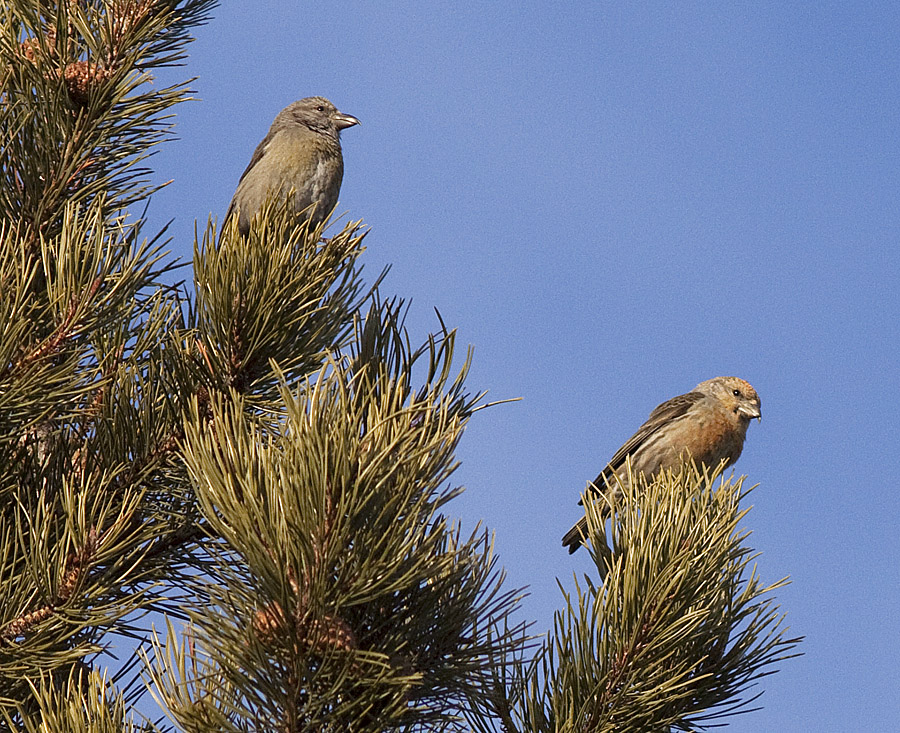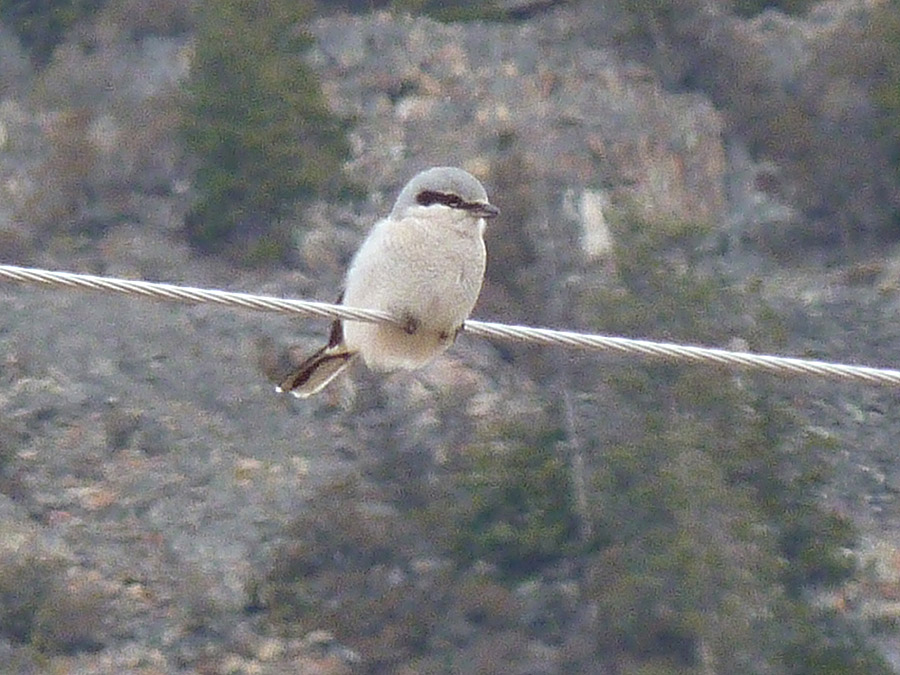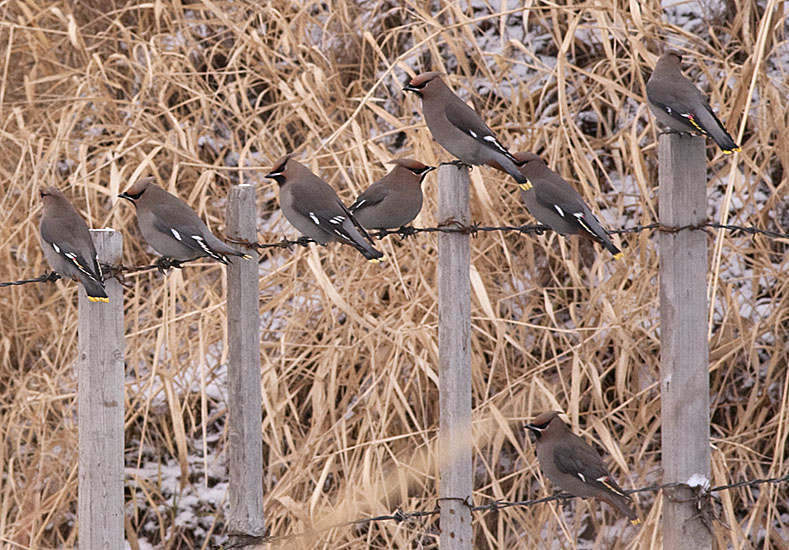At 1 PM Saturday 7th December – Room L017 at NVIT – Please note the change in time.
Once again we are running a bird identification workshop covering species likely to be found in winter in the Nicola Valley area. This is a good way to tune up your skills before the Merritt Christmas Bird Count on 15 December. Or just get a better idea of what birds are visiting your feeder each winter. The 2-hour workshop will be an informal look at photos of local species and discussion of identification tips. If the weather is reasonable we will then do some birding nearby.
This event is free and open to members of the Nicola Naturalist Society. To register for the workshop or get more information send an e-mail to nicolanaturalists@gmail.com
Test your skills – here are some species likely to occur in the Nicola Valley in winter. Scroll down – way down – to see the species indentities.
Keep scrolling down to see the identities
.
.
.
.
.
.
.
.
.
.
.
.
.
.
.
.
.
Mystery species #1 is Common Redpoll – this boreal species migrates south to spend the winters in our area, then disappears in the spring. The red “poll” on the forehead and pinkish tinge to the plumage are the things to look for but some birds are brighter than others.
Mystery species #2 is Red Crossbill – these are females or immatures so you don’t see a lot of red. But if you look closely you can see the crossed bills. These occur year-round in our area but their numbers vary depending on the cone crops.
Mystery species #3 is Northern Shrike. This is another boreal species which is found in our area only in the winter and early spring.
Mystery species #4 is Bohemian Waxwing. Yet another boreal species that arrives here in winter and can often be found in flocks of 100 or more. Note the cinnamon under-tail (hard to see in most of the birds in this photo) which differentiates Bohemian from the Cedar Waxwing (which has a whitish under-tail and is a common summer bird in our area).





